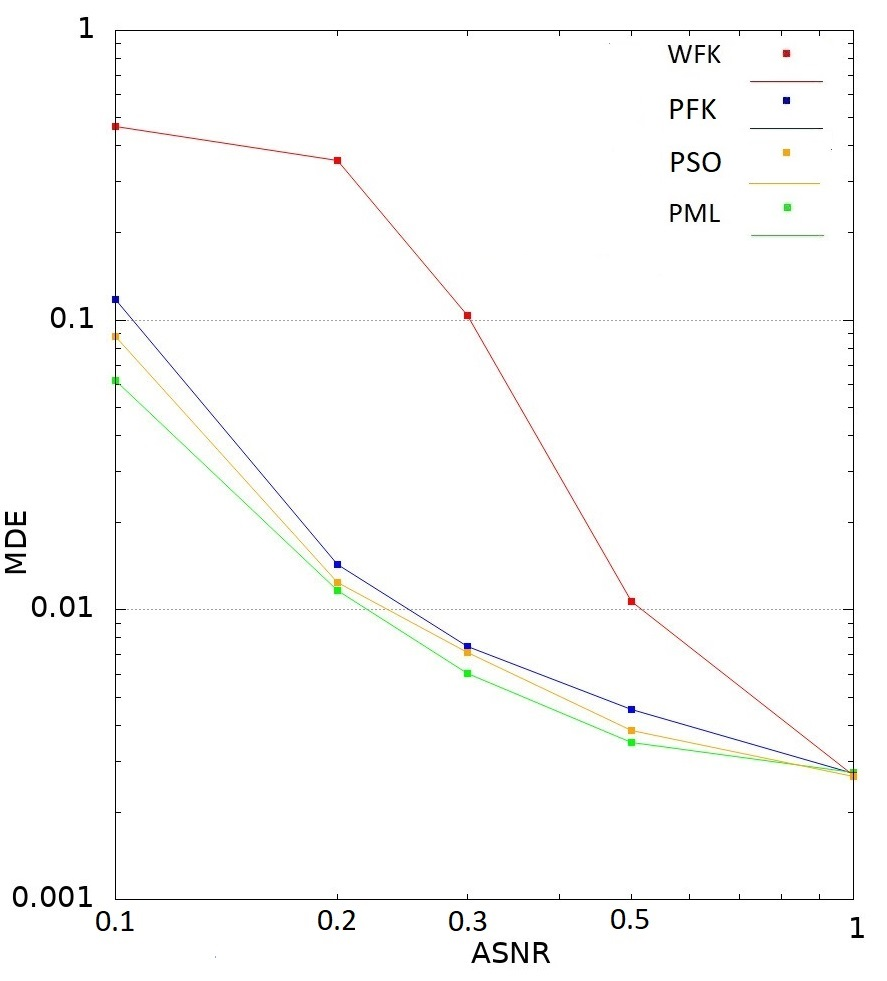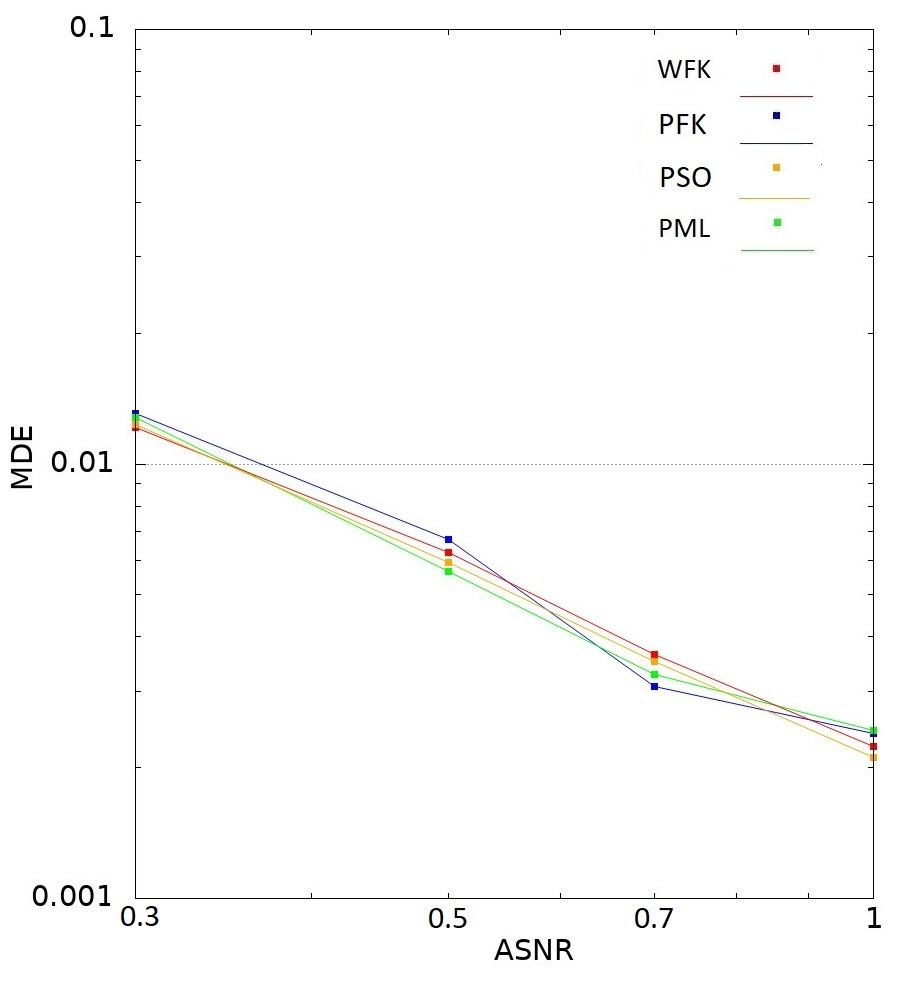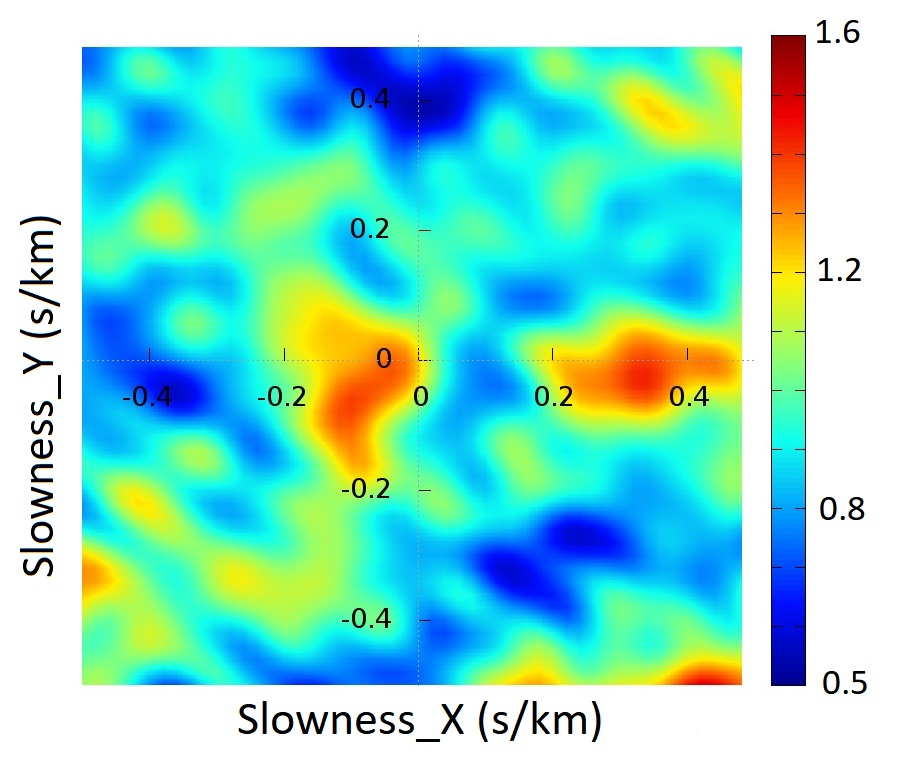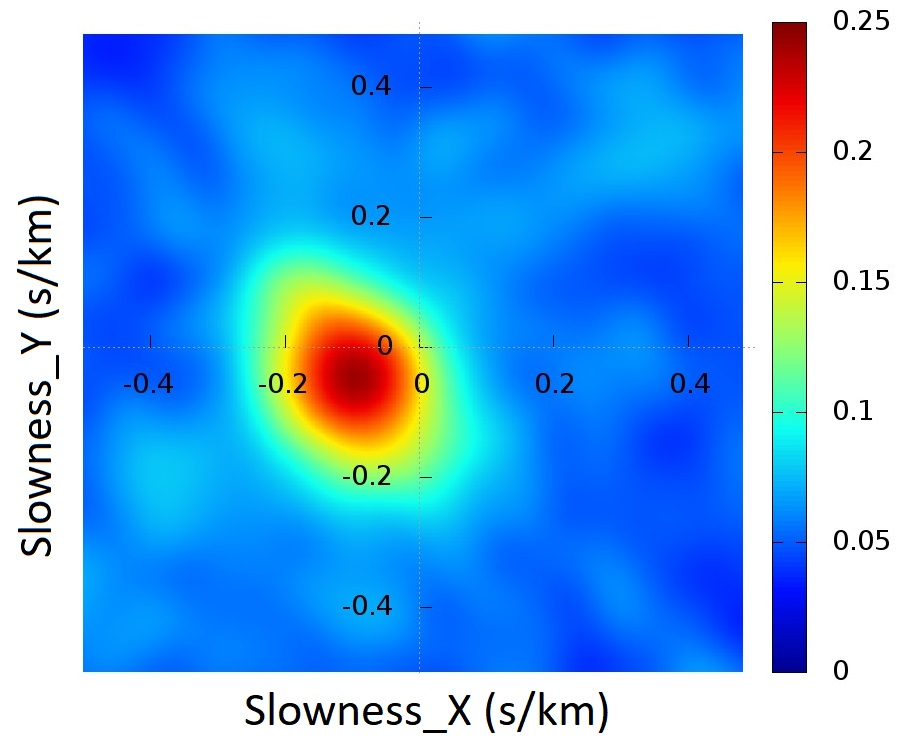The problem of estimating the apparent slowness vector of a plane P-wave generated by a regional seismic event from observations of a small-aperture seismic array is considered in the paper written by A.V. Varypaev and A.F. Kushnir. The case is considered when array sensors are affected by strong non-stationary and non-Gaussian random noise.
In this case, the well-known estimate of wideband frequency-wave-number analysis (WFK) estimate becomes inefficient due to large estimation errors. Three new vector estimation algorithms have been proposed that are robust to changes in the statistical properties of random noise. These algorithms use information about the slowness vector contained in the phases of the spectra of p-wave seismograms recorded by array sensors. The results of a numerical Monte Carlo experiment using mixtures of real noise and signals are presented. Different averaged signal to noise ratio (ASNR) values of mixtures were analyzed. It has been shown that the proposed vector estimates provide significantly better accuracy compared to the traditional WFK estimate in the case of strong anthropogenic interference (fig. 1,a) and have approximately the same accuracy in the case of multivariate white Gaussian noise with equal powers among the sensors (fig. 1,b). For clarity, for a specific mixture of real interferences and signals, the well-known fk-maps for estimating the apparent slowness vector for various algorithms are also illustrated at fig. 2.
 |
 |
Fig. 1. Mean distance error values versus ASNR values for WFK, PFK, PSO and PML estimates. a) the case of real random interferences. b) case of artificial white Gaussian noise with equal power spectral densities in the array channels.
 |
 |
Fig 2. FK-maps calculated for a mixture of the signal with the real interferences at ASNR = 0.3. a) WFK algorithm, b) PFK algorithm.
Varypaev, A.V., Kushnir, A.F. Robust phase algorithms for estimating apparent slowness vectors of seismic waves from regional events. Comput Geosci (2021). DOI: 10.1007/s10596-021-10105-7

